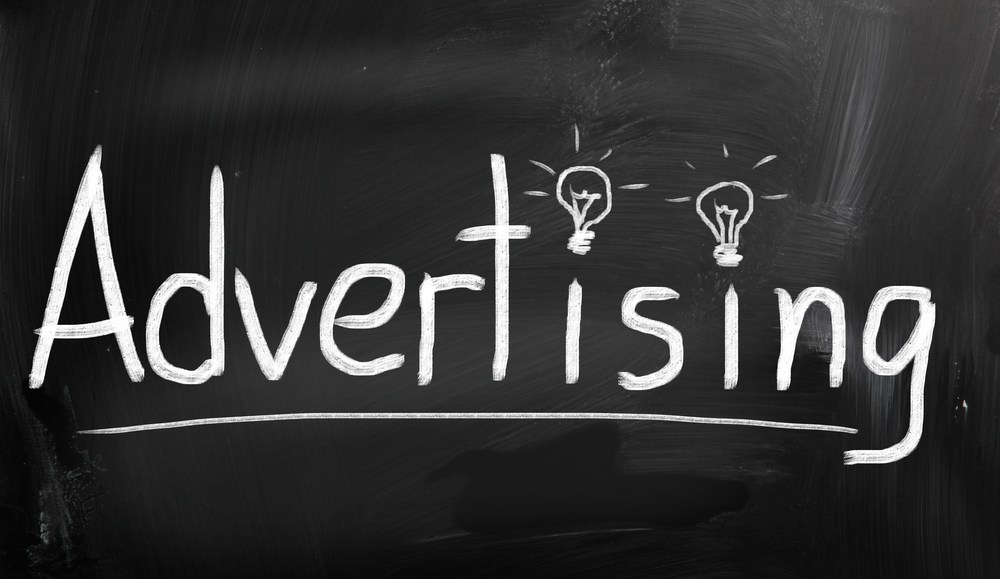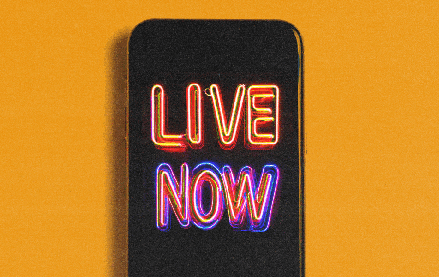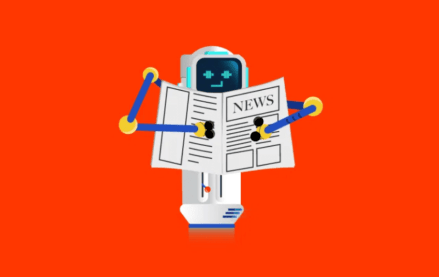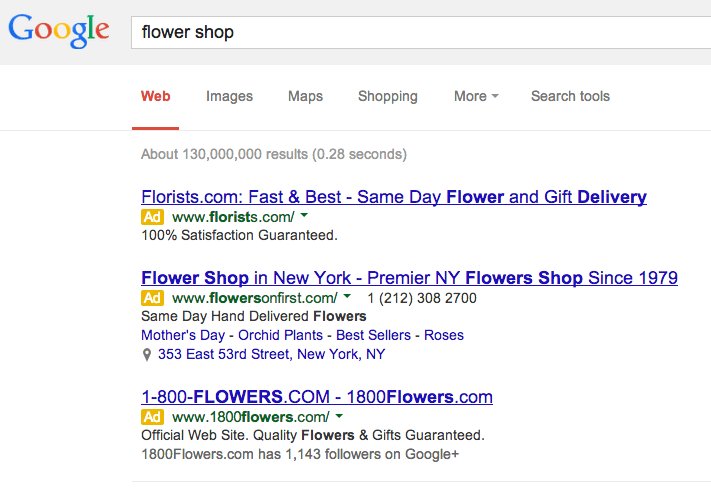
The Federal Trade Commission spent a full day yesterday, listening to 22 representatives from publishing, technology and academia to tackle that most thorny of questions: How to label native advertising.
There were arguments on all sides, with one academic even suggesting the need to study how the eye’s fovea perceives various labeling. Publishers hedged, they cautioned against the dreaded “one-size-fits-all” approach since native ads can apparently vary so widely. That’s why there is a BrandVoice on Forbes, Featured Partners on BuzzFeed, “From Around the Web” from Outbrain, “You May Like” from Tablooa, and so on.
Coincidentally, most also paid fealty to paid search listings, hailed as the original native ad format: a form of content, perfectly suited to the environment, and found genuinely useful to consumers who click away to the tune of billions for Google’s coffers. Perhaps then the industry should keep it simple and cast its gaze on how Google has settled on labeling this “native” format:
More in Media

Podcast companies turn to live events to capture growing advertiser spend
The surge in the number of live podcast events in 2025 reflects a broader shift: advertisers are betting bigger on podcasts — not just as an audio channel but as a full-fledged creator economy play.

Media Briefing: ‘Cloudflare is locking the door’: Publishers celebrate victory against AI bot crawlers
After years of miserably watching their content get ransacked for free by millions of unidentified AI bot crawlers, publishers were finally thrown a viable lifeline.

How Vogue could navigate potential industry headwinds as Anna Wintour — who agency execs say made ad dollars flow — brings on new edit lead
Anna Wintour’s successor at Vogue will have to overcome the myriad of challenges facing fashion media and the digital publishing ecosystem.






